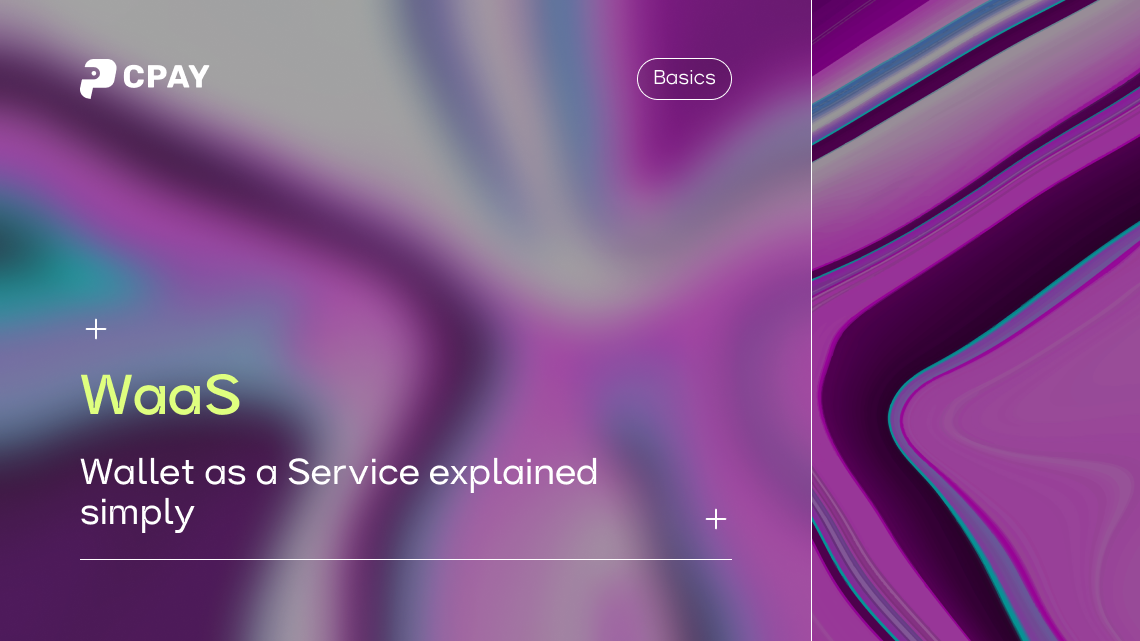Why are small businesses, from craft breweries to freelance consultancies, embracing crypto payments in 2025? The answer lies in a confluence of market trends and operational advantages. With 710 million crypto wallets globally and 28% of small businesses testing digital currencies, crypto is becoming a strategic asset for agility and growth. Far from a speculative fad, cryptocurrencies like USDT, USDC, and stablecoins offer tangible benefits for businesses navigating a digital-first economy. This article delves into the practical reasons small businesses are adopting crypto, offering insights for leaders seeking a competitive edge.
The Crypto Landscape in 2025
The global crypto wallet count has climbed from 600 million in 2024 to 710 million in 2025, signaling a mainstream shift. In the EU, the Markets in Crypto-Assets (MiCA) regulation, effective since December 2024, has stabilized the market, with 78% of crypto providers compliant. Stablecoins, with a 48% increase in transaction volume, dominate everyday payments. Small businesses, known for their adaptability, are capitalizing on these trends to enhance operations and customer engagement.
Strategic Drivers for Crypto Adoption
- Flexible Payment Options
Crypto enables businesses to accept payments in Bitcoin, Ethereum, or stablecoins like USDC, offering customers choice. In 2025, 45% of small business customers value payment flexibility, with 30% preferring crypto for its speed. A bakery accepting Ethereum can process a sale in seconds, improving cash flow compared to card payments’ 2-3 day delays. - Attracting Tech-Savvy Customers
Crypto users, 27% of whom are Gen Z and Millennials, are loyal to businesses embracing innovation. A 2024 survey found 42% of crypto holders are more likely to patronize crypto-friendly shops. A small e-commerce store accepting Bitcoin can draw repeat customers, boosting revenue by 15% in early 2025 case studies. - Streamlined Cross-Border Transactions
Small businesses serving international clients face high fees (6-8%) and delays with bank transfers. Stablecoins on blockchains like Stellar (fees ~$0.00001) eliminate these pain points. A freelance marketer in Spain can invoice a US client in USDC, settling instantly without conversion costs. - Enhanced Security and Transparency
Blockchain’s immutable ledger reduces fraud, a top concern for 60% of small businesses in 2024. MiCA’s oversight ensures stablecoin issuers maintain 1:1 reserves, with 85% of EU customers trusting regulated crypto in 2025. This security reassures both businesses and their clients.
Navigating the Challenges
Crypto adoption requires overcoming hurdles. Customer education is key, as 40% of non-crypto users find wallets confusing. Volatility in non-stablecoins like Bitcoin can unsettle owners, though stablecoins address this. Small businesses can mitigate risks by using user-friendly platforms and focusing on regulated assets.
The Path Forward: A Competitive Advantage
By 2026, 38% of small businesses globally are projected to accept crypto, with early adopters gaining market share. Crypto payments position businesses as forward-thinking, fostering trust and loyalty. As digital wallets become ubiquitous, crypto will be a standard tool for small-scale commerce.
Conclusion: Seize the Opportunity
In 2025, small businesses are adopting crypto to stay agile, attract customers, and streamline transactions. With 710 million wallets and 42% of crypto users favoring digital payments, the moment is now. Solutions like CPAY simplify crypto integration, empowering growth. Learn more at cpay.world/crypto-payments.








